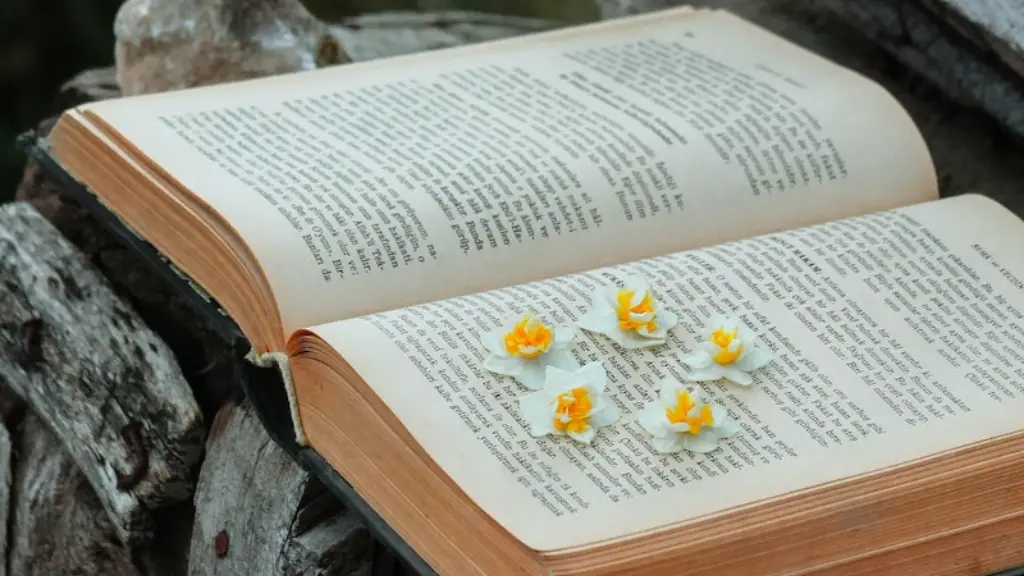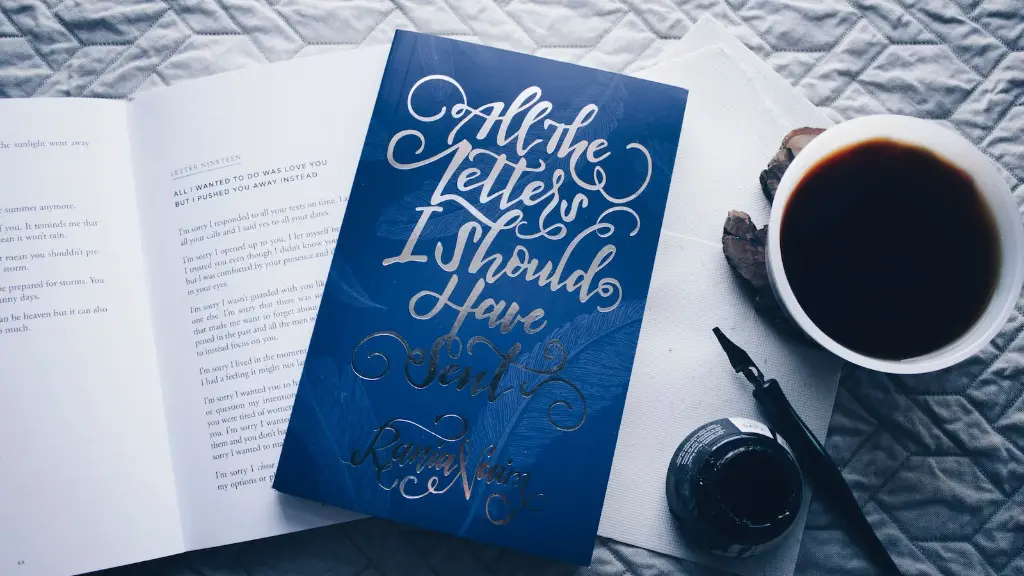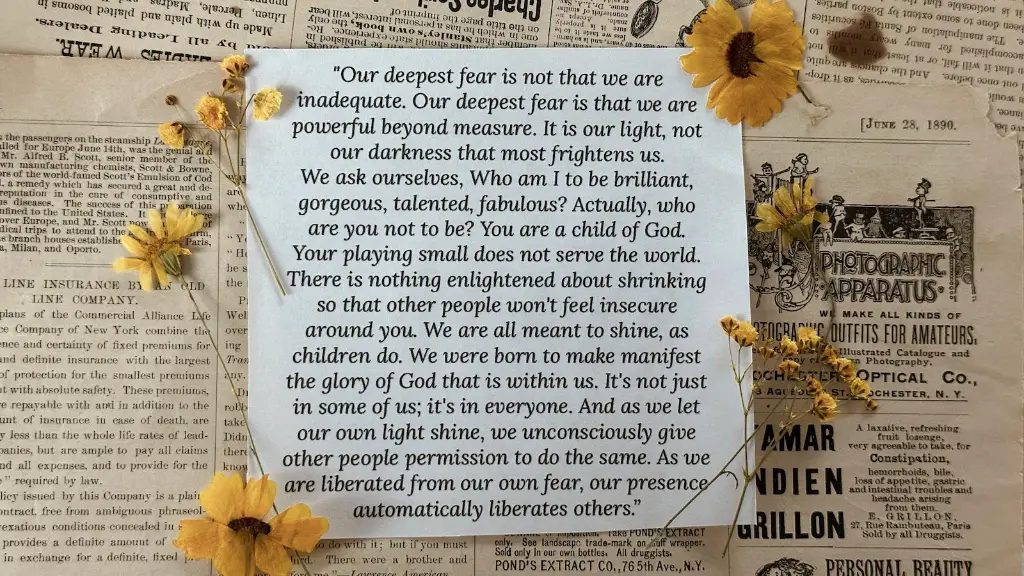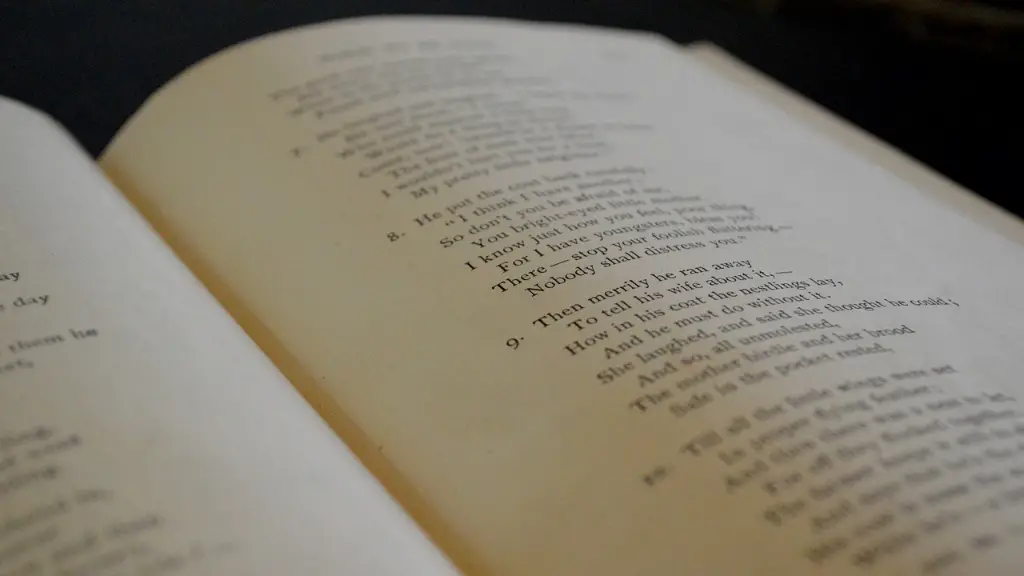Introduction
The history of American poetry reaches back to the pre-Columbian era, and many noteworthy poets have continued to document the nation’s collective experience for centuries. Poetry continues to tell stories of revolution, power, love, longing, and loss — in ways both timeless and timely. In tracing the history of American poetry, we encounter snapshots that reveal an ever-conflicted nation, shaped by its turbulent past and rising to face a tide of change.
Native American Cultural Influence
American poetry’s roots can be found in the oral compositions of Indigenous Americans and the folklore that evolved through generations of oral transmission in Native American tribes. Lamentations and chants of joy, grief, and meditation were crafted in a wide range of forms, replete with tribal customs, symbols, and other spiritual practices. Scholars believe that Indigenous American wisdom was a source of inspiration for writers of early European settlers, who adapted native themes and forms even as they sought to oppress native cultures.
Colonial Period and Early American Literature
The early colonial period (1620 – 1776) began to shape America’s distinct history, and its literature responded to the shifting terrain of a new nation. With the help of such luminaries as Cotton Mathers and Anne Bradstreet, American writers began to shape their individualistic voice. Anne Bradstreet — America’s first published poet — employed styles drawn from English literary tradition in her poems, exploring religious themes, deep personal loss, and the struggle for identity. Poetry was used to capture the essence of a nation struggling to define itself.
Romanticism and the Rise of American Poetry
The rise of American literature mirrored the nation’s unrest during the Revolutionary War, when it began to establish itself as a newly independent country. During the 19th century, poetry was used to articulate the nation’s reestablished sense of self as a liberated people. The Romantic period saw the emergence of such works as Ralph Waldo Emerson’s “Concord Hymn”, which extolled the values of “The shot heard round the world” and the battle of Concord Bridge.
Twentieth-Century Innovations
The first two decades of the 20th century saw the emergence of many modernist works from the likes of Ezra Pound, T.S. Eliot, and Robert Frost. Innovations such as free verse and the imagist movement allowed poets to make use of multiple forms and perspectives, while exploring fresh and cutting-edge topics. Noted poets such as Langston Hughes and Emily Dickinson also left lasting impressions on the American poetic landscape, their words evoking the hope and loss of the nation during turbulent times.
The Poetry of Cultural Change: The Fifties and Sixties
As the Cold War began to cast a shadow over the nation, socially conscious poets such as Allen Ginsberg and Jack Kerouac used their works to challenge the status quo. Poetry of the Beat Generation explored political issues, freedom of expression, and struggles for civil rights, speaking to the tumultuous nature of the times. The work of African American poets such as Gwendolyn Brooks and Langston Hughes provided crucial perspectives on oppression, racism, and identity in their works.
Postmodernism and Beyond
In the second half of the 20th century and beyond, American poets experimented with postmodernism, turning their literary lenses on identity, race, and gender. Contemporary poets such as Adrienne Rich, W. S. Merwin, and Seamus Heaney have explored not only political and social issues, but also their connections to the wider world and the ever-shifting political and cultural landscape of the nation.
New Voices in American Poetry
As the 21st century continues to unfold, poets are using their works to convey both the turbulent and the tender moments of a nation on the move. Acclaimed poets such as Mary Szybist, Natalie Diaz, and Gregory Pardlo bring fresh new perspectives to the craft. Poetic forms such as slam and hip-hop also add contemporary layers to the traditional craft. As American poet and novelist Amy Lowell once said, “A breakthrough in thought or sensation opens the way for new and better expression.”
A Poetic Voice for Social Change
American poets today continue to use the voice of the poet to amplify messages of resistance and freedom, with works that explore issues such as immigration, equality, and social justice.Such poets as Daniel Borzutzky, Claudia Rankine, and Terrance Hayes have pushed the boundaries of the craft to create works that speak to the troubled present and the uncertain future of the nation. Their words — and those of generations before them — remain a vital part of American history.
Influence of Cultural Movements on Poetry
American poetry has been shaped by the influences of cultural movements, such as the Harlem Renaissance, the Beat Generation, and, most recently, the Black Lives Matter Movement. During the Harlem Renaissance, for example, poets such as Langston Hughes and Countee Cullen embraced the idea of “the New Negro” — celebrating their identities and bringing African American culture to the forefront of American art. The Beat Generation added a rebellious edge to poetry, exploring freedom and rebellion in their works. The Black Lives Matter Movement is inspiring a new generation of poets to reclaim the narrative of the African American experience, and to use their work to reflect the current issues of race, violence, and economic inequality.
Rhetoric and Language
The language of American poetry has also evolved over time, reflecting the changing culture and language of the nation. Poets have used the power of rhetoric to invoke emotion, capturing both the pain and the beauty of their subjects in bold and vivid language. Given the widespread use of English in the United States, poets have traditionally used English as the primary language of their poems. Although poets of Spanish, Chinese, and other languages also make their contributions to American poetry, it remains predominantly English-based.
The Role of Mythology in Contemporary Poetry
In recent years, mythology has come to play an increasingly prominent role in American poetry. Poets such as Louise Glück, Joy Harjo, and Arthur Sze have used myths, symbols, and archetypes to explore the universal themes of love, loss, and struggle. Drawing upon Native American and other tribal cultures, their works incorporate religious and spiritual themes, revealing the timelessness of their subject matter.
Generations of Influence
American poetry is a tapestry woven by generations of writers. The many threads of history and cultural influences have come together in a vibrant creative canvas, giving poets the opportunity to express themselves and weave powerful new stories. Through their words, they continue to tell the story of America — of its courage, passion, and potential.



